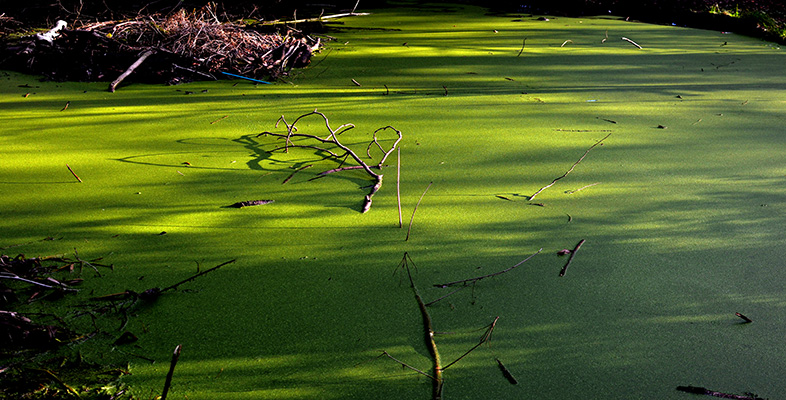4.3 Reducing the nutrient source
Europe is the continent that has suffered most from eutrophication, and increasing efforts are being made to restore European water bodies damaged by nutrient enrichment. If the ultimate goal is to restore sites where nature conservation interest has been damaged by eutrophication, techniques are required for reducing external loadings of nutrients into ecosystems.
Although algal production requires both nitrogen and phosphorus supplies, it is usually sufficient to reduce only one major nutrient. An analogy can be drawn with motor cars, which require lubricating oil, fuel and coolant to keep them moving and are likely to stop if they run short of any one of these, even if the other two are in plentiful supply. As phosphorus is the limiting nutrient in most freshwater systems, phosphorus has been the focus of particular attention in attempts to reduce inputs. In addition, nitrogen is less easily controlled: its compounds are highly soluble and can enter waterways from many diffuse sources. It can also be ‘fixed’ directly from the atmosphere. Phosphorus, on the other hand, is readily precipitated, usually enters water bodies from relatively few point sources (e.g. large livestock units or waste-water treatment works) and has no atmospheric reserve. However, efforts to reduce phosphorus loadings in some lakes have failed due to ongoing release of phosphorus from sediments. In situations where phosphorus has accumulated naturally (e.g. in areas with phosphate-rich rocks) and nitrogen increases have driven eutrophication, it may be necessary to control nitrogen instead.
